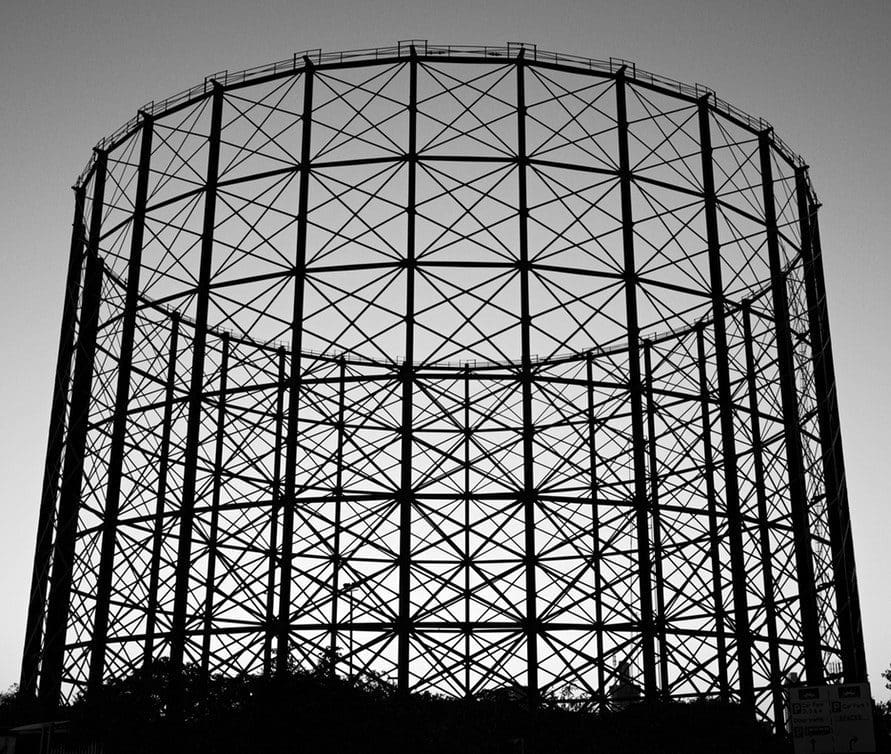The American oil and gas industry is undoubtedly one of the most hazardous industries in the entire country with more 349 severe injuries including 166 amputations reported during 2016 according to the Occupational Safety and Health Administration (OSHA). The US crude oil production reached an astonishing 11 million barrels per day (bpd) for the first time ever in July this year, coming in a very close second behind Russia’s 11.2 million bpd. As impressive as this increase in crude oil production may seem, it does come at a price: the substantial increase in accidents at the workplace. It is becoming increasingly important to have reliable and effective health and safety regulations in place that can minimize the prevalence of injury and even death while on the job.
Safety-related injury lawsuits on the increase
At the beginning of August this year, the distraught family of Timothy Lewing filed a mammoth lawsuit to the value of $150 million against Houston-based petroleum and natural gas exploration and production company, Occidental Petroleum. The basis of the lawsuit: negligence and liability. While working on a land-based rig situated near Midland, Texas, Lewing was hit on the head by a 30-pound bogie pad that fell from a height of more than 100 feet. The bogie pad was not effectively secured to the transfer truck due to the securing bolts being either sheared or completely missing. The bogie pad’s entire design pointed to danger with the wrong materials, lubricants, colors and processes utilized in its operation. Lewing, who was comatose for weeks, suffered severe brain damage and will now undoubtedly be in need of permanent medical treatment as well as constant supervision. So how How can safety be improved within the industry?
Never underestimate the importance of machine maintenance
Better maintenance strategies are a must in the oil and gas industry as far as limiting accidents such as the one Timothy Lewing was involved in. Equipment need to be inspected at regular intervals by qualified and well-trained individuals who will be able to identify and rectify any noted problems. Workers need to be adequately trained and educated with regards to the use and maintenance of their work implements. If any piece of equipment, whether it is a loader or a drill, is not working as it should, the fault needs to be reported immediately. Increased vigilance can significantly reduce the number of injuries resulting from poorly-maintained machinery.
Promote a positive worker culture
Worker culture can impact safety in the workplace in a very negative way. By making the effort to construct a sense of community amongst oil industry workers, an employer can significantly boost morale and trust in the workplace. This, in turn, may lead to an increase in the willingness of workers to adhere to safety regulations, ask for assistance when needed and admit their mistakes, all of which contribute towards a safer working environment. By encouraging a transparent working environment, any mental health concerns can also be identified and treated, resulting in decreased stress levels and improved safety consciousness.
With the safety and health risks within the oil industry increasing in accordance with the boost in production, it is becoming increasingly important to implement and follow stringent health and safety protocol. As rewarding and financially lucrative as a career in oil may be, it won’t benefit anyone in any way if injury and death are at the order of the day.
Photo by Sérgio Rola on Unsplash.





